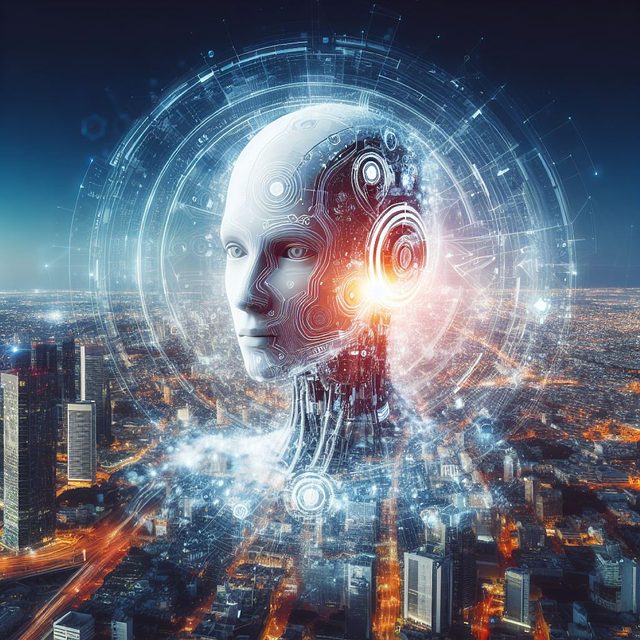Chatbots, powered by AI and NLP, have transformed user interactions across sectors, offering personalized experiences through real-time responses based on understanding user intent. Advanced AI enables the development of sophisticated best free AI chatbots that learn from interactions, handle complex tasks, and engage in casual conversations. These chatbots, including ochatbot platforms, leverage technologies like NLP, ML, and data algorithms to provide context-aware conversations, sentiment analysis, intent recognition, and effective context management.
Unlocking the Power of Chatbots: From Technology to Real-World Applications
In today’s digital age, chatbots have emerged as versatile tools, revolutionizing customer service and interaction. This article explores the inner workings of these intelligent assistants, breaking down complex concepts into digestible sections. We’ll navigate through the definition and types of chatbots, uncover the key components powering them, and delve into the significance of Natural Language Processing (NLP).
Furthermore, we’ll guide you through the process of building your own free AI chatbot using top platforms, offering insights on training data and model selection. The spotlight then turns to OChatBot—a case study showcasing its features, user experience, and potential for future enhancements. Discover how this technology is transforming interactions and driving innovation with a best-free-ai-chatbot solution.
- Understanding Chatbot Technology
- – Definition and types of chatbots
- – Key components of a chatbot system
Understanding Chatbot Technology

Chatbots have revolutionized the way we interact with technology, offering a seamless and personalized experience in various sectors. At their core, these digital assistants are powered by Artificial Intelligence (AI) and Natural Language Processing (NLP). When users engage with a chatbot, whether through text or voice, it interprets the input using NLP algorithms, which analyze syntax, semantics, and context to understand user intent. This process enables chatbots to generate appropriate responses in real time.
The beauty of chatbot technology lies in their adaptability. With advancements in AI, developers can create sophisticated best free ai chatbots that learn from interactions, improving over time. These ochatbots can handle complex tasks, provide detailed information, and even engage in casual conversations, making them invaluable tools for businesses and individuals alike.
– Definition and types of chatbots

Chatbots are computer programs designed to simulate human conversation through text or voice interactions. They use artificial intelligence (AI) and natural language processing (NLP) technologies to understand user inputs, generate appropriate responses, and learn from each interaction. Chatbots can be categorized into several types based on their functionality and complexity.
The most common types include rule-based chatbots, which follow predefined scripts and patterns, and AI-powered chatbots, often referred to as the best free AI chatbot or ochatbot, that leverage machine learning algorithms for more dynamic and context-aware conversations. Rule-based systems are simpler and cheaper to implement but offer limited adaptability. In contrast, AI chatbots can learn from user inputs, improve over time, and handle a broader range of queries, making them more versatile and effective in complex scenarios.
– Key components of a chatbot system

Chatbots are powered by a combination of technologies, including Natural Language Processing (NLP), Machine Learning (ML), and robust data algorithms. At the heart of a chatbot system is an AI model that has been trained on vast amounts of text data to understand user queries and generate appropriate responses. This training process involves teaching the chatbot to recognize patterns in human language, enabling it to interpret user inputs accurately.
One of the key components is the oChatbot platform, which provides the infrastructure for building and deploying chatbots. Best free AI chatbot platforms offer developers an easy-to-use interface and pre-built models, allowing them to create conversational agents without requiring extensive coding. These platforms often include features like sentiment analysis, intent recognition, and context management, ensuring that chatbots can handle a wide range of user interactions effectively.
Chatbots have evolved from simple rule-based systems to sophisticated AI-powered assistants. As we’ve explored, understanding their key components and diverse types is crucial for harnessing their potential. Whether you’re interested in developing your own or leveraging the best free AI chatbot tools available, such as oChatbot, the future of human-computer interaction is here. By integrating these conversational agents into various industries, we can expect to see even more innovative applications that enhance user experiences and streamline tasks.
